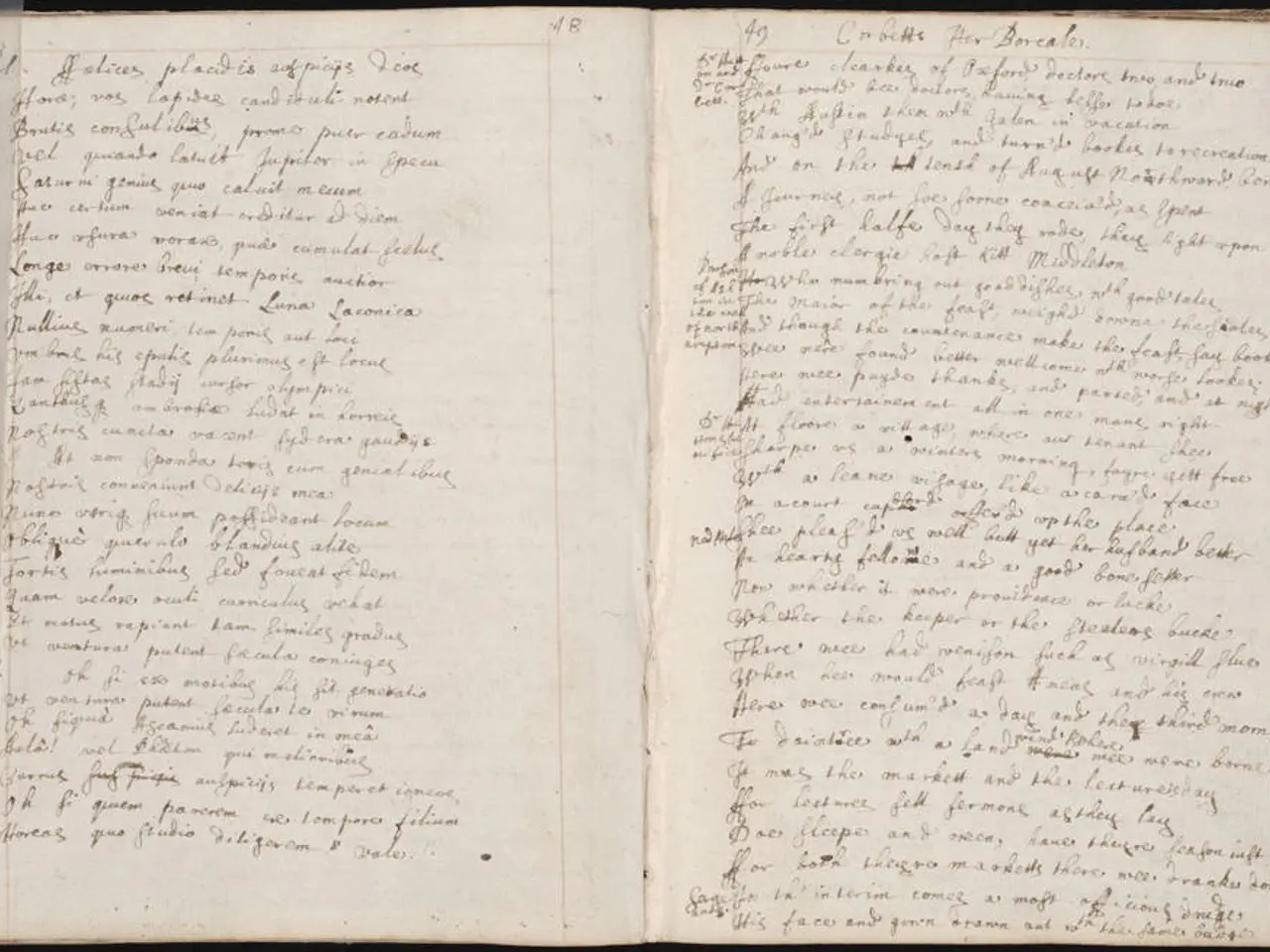Unravelling the Mysteries of Piano Key Signatures
Guide to Understanding Key Signatures in Music Composition
Piano key signatures serve as a guide, indicating which notes are consistently sharp or flat throughout a piece and correspond directly to the notes used in a particular major or minor scale. Understanding the relationship between key signatures and scales is essential for identifying the tonal center (key) and the specific set of notes you'll play on the piano.
Key Signatures and Scales
A key signature is a symbol placed at the beginning of a musical staff, showing all the sharps (#) or flats (b) that apply to the piece. Each major scale has a unique key signature based on the pattern of whole and half steps it follows. For example:
- C Major scale: no sharps or flats.
- G Major scale: 1 sharp (F#).
- D Major scale: 2 sharps (F#, C#).
Minor scales (natural minors) are related to major scales by starting on the 6th degree of the major scale (the Aeolian mode). For example:
- A minor is the relative minor of C major and shares the same key signature (no sharps or flats).
Key signatures provide a shortcut to knowing which notes to play sharp or flat without marking each note individually on sheet music.
Identifying a Key Signature on Piano
To identify a key signature on the piano, you need to look at the number and position of sharps or flats in the key signature. For sharps:
- The key is named by raising the last sharp by a half-step. For example:
- Key signature with one sharp (F#) is G major.
- Key with 2 sharps (F#, C#) is D major.
For flats:
- The key is named by the second to last flat in the key signature.
- For no sharps or flats, the key is C major or A minor.
Finding the Key Signature of a Scale
To find the key signature of a scale, follow these steps:
- Identify the root note (tonic) of the scale.
- Apply the major scale interval pattern, which is: whole, whole, half, whole, whole, whole, half steps.
- Mark sharps or flats as required to maintain this pattern.
- For minor scales, identify the relative major (start on 6th scale degree of major) or use the natural minor interval pattern: whole, half, whole, whole, half, whole, whole.
- From this pattern, deduce the sharps or flats needed, and notate the key signature accordingly.
For example, to find the D major scale key signature on piano:
- Root note: D
- Major scale pattern applied starting on D: D, E, F#, G, A, B, C#, D
- Sharps in the scale: F# and C#
- So, the key signature has two sharps, F# and C#.
Practical Use on Piano
Once the key signature is known, the keys to be played sharp or flat throughout the piece are fixed. Learning common key signatures and their sharps/flats helps you anticipate which piano keys to play without checking every note individually. Practicing scales in all keys improves familiarity with the layout of sharps/flats on the piano and helps identify key signatures quickly when reading music.
Summary Table of Some Major Keys and Their Key Signatures
| Major Key | Sharps/Flats in Key Signature | |-----------|-------------------------------| | C Major | None | | G Major | F# | | D Major | F#, C# | | A Major | F#, C#, G# | | E Major | F#, C#, G#, D# | | F Major | Bb | | Bb Major | Bb, Eb |
Minor keys share the same key signature as their relative majors (minor starts on the 6th degree of the relative major scale).
A composer might use key signatures to streamline the entertainment value of their music, as each key signature indicates which notes are consistently sharp or flat, making it easier for pianists to understand the tonal center and play the piece accurately. In music theory, understanding the relationship between key signatures and scales is crucial, as each major scale has a unique key signature based on the pattern of whole and half steps it follows.




